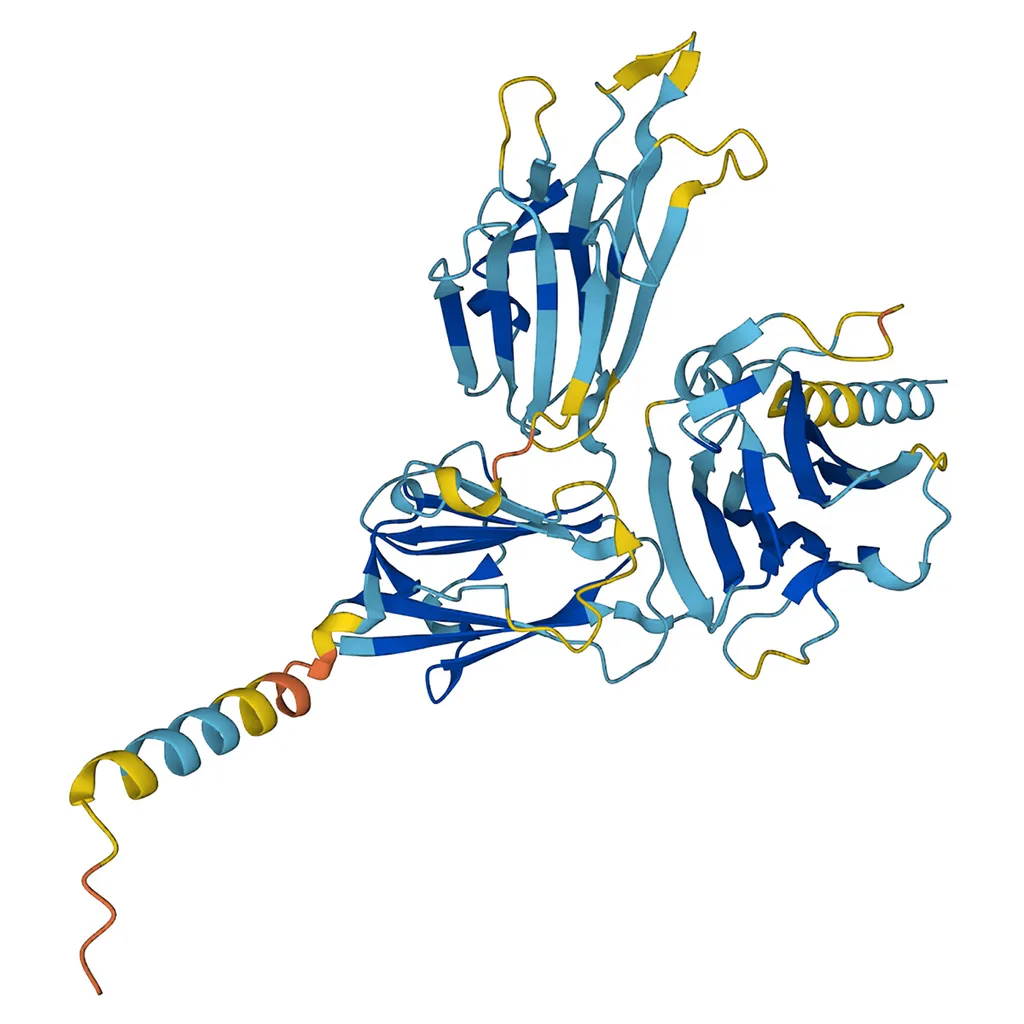In the realm of agritech and biotechnology, a groundbreaking tool named Ubigo-X has emerged, promising to revolutionize protein ubiquitination site prediction. Developed by Disline Manli Tantoh, a researcher at the Doctoral Program in Medical Biotechnology, National Chung Hsing University in Taichung City, Taiwan, Ubigo-X leverages ensemble learning and image-based feature representation to accurately identify ubiquitination sites, a critical process in biological function analysis.
Ubigo-X stands out by integrating three sub-models: Single-Type sequence-based features (Single-Type SBF), k-mer sequence-based features (Co-Type SBF), and structure-based and function-based features (S-FBF). Each model brings a unique perspective to the prediction process. Single-Type SBF utilizes amino acid composition, amino acid index, and one-hot encoding, while Co-Type SBF employs Single-Type SBF via k-mer encoding. S-FBF, on the other hand, incorporates secondary structure, relative solvent accessibility, absolute solvent-accessible area, and signal peptide cleavage sites.
The tool’s innovative approach involves transforming the sequence-based features into image-based representations, which are then trained using Resnet34. The final prediction is made by combining the outputs of the three models through a weighted voting strategy. “This ensemble approach allows Ubigo-X to achieve high accuracy and robustness in predicting ubiquitination sites,” explains Tantoh.
The implications of Ubigo-X extend beyond the laboratory. In the energy sector, understanding protein ubiquitination can lead to advancements in biofuel production and biocatalysis. By accurately predicting ubiquitination sites, researchers can engineer proteins to enhance their stability and activity, leading to more efficient and sustainable energy solutions.
Ubigo-X’s performance has been rigorously tested on independent datasets, demonstrating its superiority over existing tools. On balanced data, it achieved an area under the curve (AUC) of 0.85, accuracy (ACC) of 0.79, and Matthews correlation coefficient (MCC) of 0.58. Even on imbalanced data, it maintained impressive performance with an AUC of 0.94 and ACC of 0.85. “These results highlight the efficacy of integrating image-based feature representation and weighted voting in ubiquitination prediction,” says Tantoh.
Published in the Computational and Structural Biotechnology Journal, which translates to “Computational and Structural Biotechnology Journal” in English, Ubigo-X is poised to become a valuable tool for researchers and industry professionals alike. Its species-neutral nature makes it versatile and applicable across various biological systems.
As we look to the future, Ubigo-X’s innovative approach could pave the way for new developments in protein engineering and biotechnology. By providing accurate and reliable ubiquitination site predictions, it opens doors to novel applications in energy, agriculture, and beyond. “Ubigo-X is not just a tool; it’s a stepping stone towards a deeper understanding of protein functions and their potential applications,” Tantoh concludes.
In the ever-evolving landscape of biotechnology, Ubigo-X shines as a beacon of innovation, driving us closer to a sustainable and energy-efficient future.

